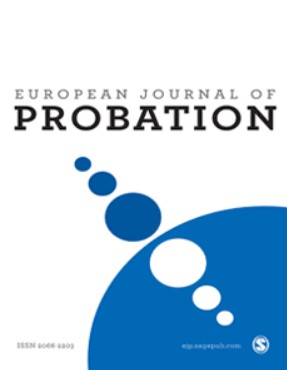Surveillance and Confinement: Explaining and Understanding The Experience of Electronically Monitored Curfews
Surveillance and Confinement: Explaining and Understanding The Experience of Electronically Monitored Curfews
Author(s): Mike NellisSubject(s): Behaviorism, Criminology, Penology, Penal Policy
Published by: SAGE Publications Ltd
Keywords: Electronic monitoring; Surveillance; Curfew; Offender perspective; Discipline;
Summary/Abstract: Electronic monitoring (EM) is now widely used in Western Europe, but its precise nature as a distinct form of penal sanction remains unclear. Since its advent in the USA in the 1980s, it has been most commonly characterized as a form of confinement and seen as an analogue of imprisonment. The names it had been given - “home detention”, “community custody” and “curfew”, for example - reflect this view. The surveillant aspects of EM have been vaguely acknowledged, but have relied on dubious ocular metaphors, and remain undertheorised. This paper will argue that EM should be understood primarily as a particular form and experience of surveillance, because the precise regulatory regime which it imposes on offenders (including the element of confinement) is only made possible by remote sensing technology, and has collateral effects alongside confinement. The paper concludes by tentatively placing this new, surveillant conceptualization of EM within contemporary debates on the changing nature of penalty.
Journal: European Journal of Probation
- Issue Year: 1/2009
- Issue No: 1
- Page Range: 41-65
- Page Count: 25
- Language: English
- Content File-PDF

